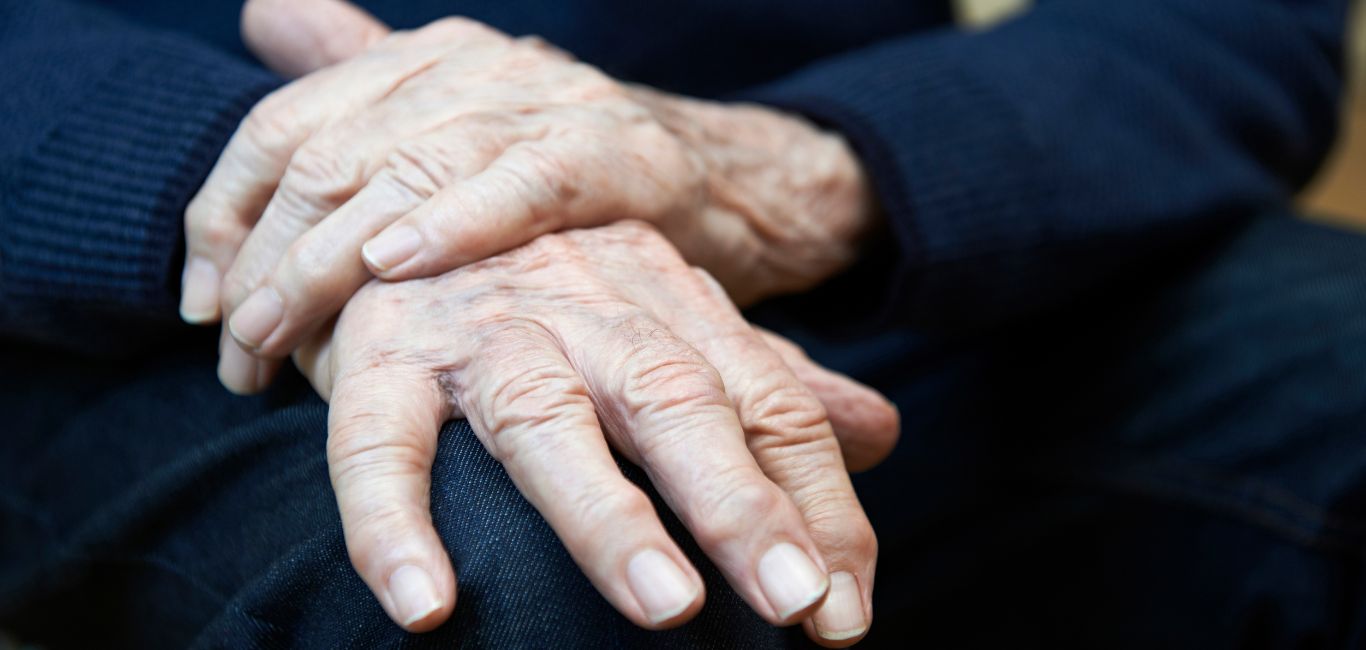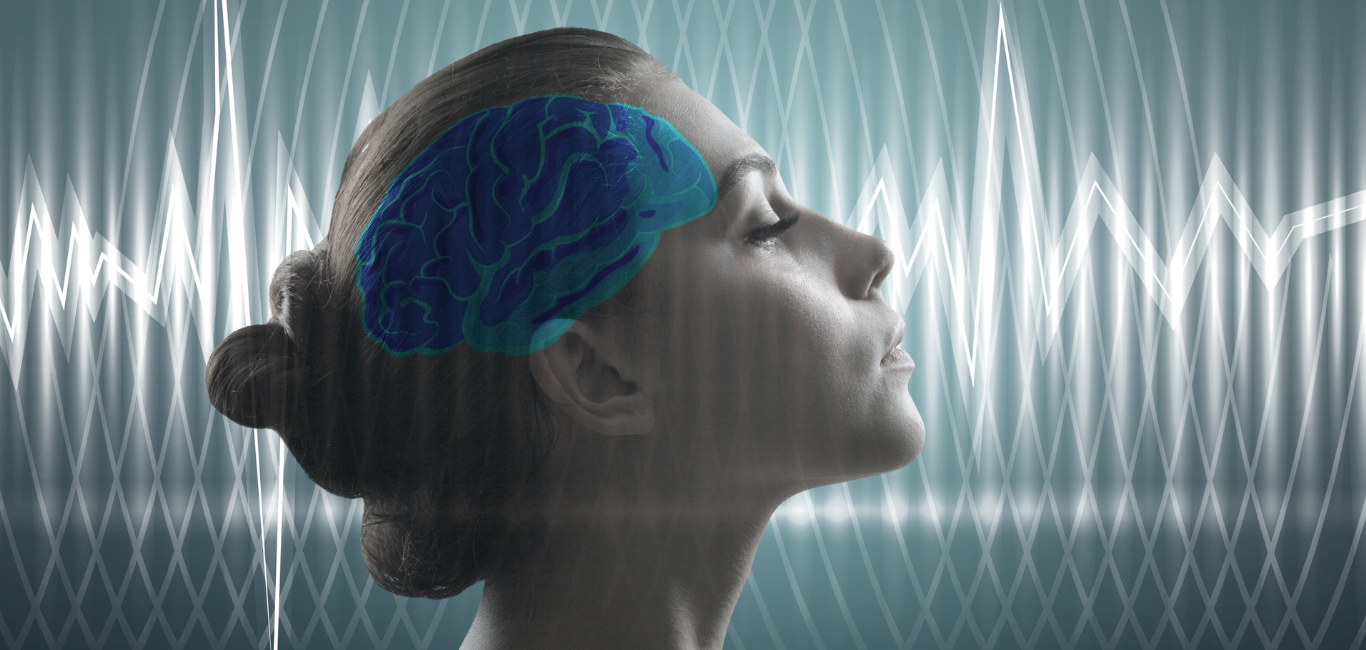
For many of us Stephen Hawking’s name immediately comes to mind when thinking of amyotrophic lateral sclerosis (ALS).
ALS is a condition where the motor neurons responsible for movement degenerate in the brain and spinal cord, leading to progressive muscle weakness and respiratory distress. It remains a formidable challenge, affecting countless lives.
Take for example, a 53-year-old lawyer from Uttar Pradesh who faced difficulty using his right hand, prompting him to consult Dr Roop Gursahani, a consultant neurologist from PJ Hinduja Hospital, Mumbai.
“He showed signs of muscle weakness. Clinical investigations confirmed that he had ALS. One and half years later, he developed respiratory symptoms and required non-invasive ventilation,” recalls Dr Gursahani.
Respiratory distress is a critical outcome of ALS. The muscles involved in inhalation, exhalation, and the diaphragm are affected due to the degenerating motor neurons, eventually leading to respiratory distress, as experienced by the lawyer.
Respiratory failure is the most common cause of fatality in persons affected by ALS, usually occurring within two to five years of the onset. The condition is also characterised by weakness in the limbs, trunk, and muscles involved in speech, swallowing and chewing (bulbar muscles).
The onset of respiratory failure is gradual
Dr Rajani Bhat, pulmonologist, internal medicine, Sparsh Hospital, Bengaluru, says, “Neuromuscular respiratory failure in people with ALS has a gradual onset and is very subtle. Very rarely, it can be the presenting symptom.” She adds that they sometimes see people enter the emergency room and get ventilator support for acute breathing difficulties. It is only then that they figure out that there is an underlying neuromuscular disorder, and the diagnosis of this health condition is unmasked.
Also, symptoms of respiratory decline may be masked by overall weakness. They have severe limb weakness before the onset of respiratory symptoms. Therefore, they are unable to exert themselves.
Breathing issues are masked by other symptoms
Initially, the breathing is slow (hypoventilation) and present during sleep and then when the person is awake. “The perception of breathlessness in these persons is blunted. Less than 20 per cent of people say they are breathless,” says Dr Bhat. She adds that the person feels breathless when supine or lying down (orthopnoea); they often complain about not sleeping well, have morning headaches and fatigue.
She explains, “There is excess production of saliva which gets thick and tenacious (sialorrhea). There is also weaker cough and sneeze, which are important defence reflexes to expel any foreign substance entering airways.” Further, she adds that their voice changes, they have choking spells, panic attacks, anxiety and weight loss. As ALS progresses, these symptoms get worse until the person begins to gasp for breath.
Read More: When muscle falter: exploring amyotrophic lateral sclerosis
Read More: Silent struggles: the effect of amyotrophic lateral sclerosis on speech and swallowing
Early diagnosis is the key

Measuring the respiratory muscle function during the course of this condition is a significant predictor of survival and quality of life of the affected person. Dr Bhat says the respiratory symptoms can be caught early on by a few tests repeated every quarter.
- Spirometry: This simple test determines lung function. The crucial parameter observed is forced vital capacity (FVC) or the total volume of air exhaled by force. People with ALS have lower FVC due to muscle weakness.
- Arterial blood gas analysis: In this, the oxygen and carbon dioxide level in the blood is measured. It helps determine early if the breathing is getting impaired or if there is hypoventilation, especially at night. Both cause a higher carbon dioxide level in the morning.
- Sniff nasal inspiratory pressure (SNIP): In this, maximum pressure during inhalation is measured in the nostril. A fall in pressure indicates the weakness of the inspiratory muscles, especially the diaphragm. As ALS progresses, the SNIP values reduce.
- Overnight oximetry: This test measures nighttime fall in oxygen saturation levels.
- Peak cough flow: The peak cough flow tells if the person can generate the force required to expel secretions or anything entering the airway.
Improvement in survival and quality of life
Early detection of respiratory symptoms in amyotrophic lateral sclerosis helps timely interventions that can prolong survival and improve the individual’s quality of life. Dr Bhat enlists a few interventions for better management of this condition:
- Non-invasive ventilation delivers air into the lungs via the mouth or nose with the help of masks for breathing support. It is easy to handle and can be done at home. It uses room air or can be supplemented with oxygen.
- Oxygen supplementation provides oxygen during breathing using various devices such as nasal cannulas (a prong-like device to deliver oxygen through the nostrils), face masks and high-flow nasal cannulas.
- Assisted cough is a technique that uses a mechanical device to help the person cough and clear the airways.
- Tracheostomy: When the individual’s natural breathing through the nose is hindered, surgical procedures create an opening in the windpipe (trachea) to facilitate breathing. It improves breathing, but the person could face psychological issues about their self-image and way of communication.
- Opioids: Morphine is used to manage breathlessness in a person with amyotrophic lateral sclerosis in the advanced stage.
“It is important that we also take the caregivers along in our management plan and support them because they are the ones at the bedside,” concludes Dr Bhat.
Read More: Fading signals: detecting the symptoms of amyotrophic lateral sclerosis
Read More: High altitude cerebral oedema risk lurks in thin air

















